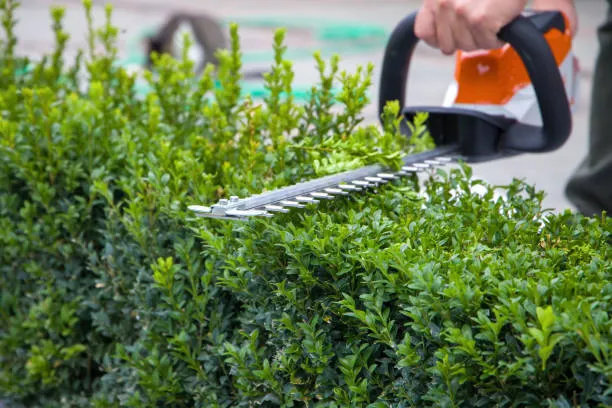
Building Biodiversity: Creating Wildlife-Friendly Gardens with Thoughtful Hardscaping Sep 21, 2025
The journey toward a biodiversity-friendly garden begins with understanding its benefits. Gardens designed with biodiversity in mind attract a variety of wildlife, from birds and bees to butterflies and even beneficial insects. These creatures contribute to plant pollination, pest control, and soil health. Additionally, such gardens can become a peaceful sanctuary for homeowners, offering a daily connection with nature.
The first step in building a wildlife-friendly garden with hardscaping involves strategic planning. Consider the types of wildlife you wish to attract and the specific needs of each species. For instance, birds seek shelter and nesting sites, which can be provided through the inclusion of trees and shrubs. Pollinators like bees and butterflies are drawn to flowering plants, so incorporating a diverse range of native flora into your garden is essential.
Now, let's talk about the hardscaping elements that can enhance your biodiversity efforts. Pathways, patios, and retaining walls are more than just aesthetic features; they can serve as vital resources for wildlife. For example, pathways made from sustainable materials such as permeable pavers allow rainwater to percolate into the soil, reducing runoff and creating a natural water source for plants and animals. Similarly, using stone or wood for retaining walls can provide homes for small animals like lizards or toads, which are valuable for pest control.
When selecting materials for your hardscaping, aim for natural and sustainable options. Choose locally sourced stones and woods to minimize your carbon footprint and support the local economy. Remember, the texture and form of these materials matter too. Uneven surfaces and irregular shapes are not only visually appealing but also offer perches and hideouts for different species.
A water feature is also a fantastic hardscaping addition to your wildlife-friendly garden. Installing a small pond or fountain can attract frogs, birds, and aquatic insects, enriching your garden's ecosystem. Ensure that these features have gentle edges or a sloped entry point so animals can easily access them without risk.
Lastly, maintenance plays a significant role in maintaining a healthy, biodiversity-rich garden. Regularly check that all hardscaped elements are safe and provide the intended benefits to wildlife. Avoid using chemical pesticides and fertilizers, which can be harmful to garden wildlife. Instead, embrace natural pest control methods and organic soil enhancers.
In conclusion, creating a wildlife-friendly garden with thoughtful hardscaping is a rewarding endeavor that contributes to environmental conservation. By incorporating sustainable materials and strategically planning your garden's layout, you can transform your outdoor space into a haven for biodiversity. At Mulch & Dig, we are committed to helping you achieve this vision. Embrace nature's diversity, and enjoy the beauty and vitality it brings to your garden.
/filters:no_upscale()/filters:format(webp)/media/04b103c8-1928-4603-af4f-cd9adb632f94.webp)
/filters:no_upscale()/filters:format(webp)/media/31f8ab00-9501-4f07-a64c-b005a3bba0f1.jpeg)